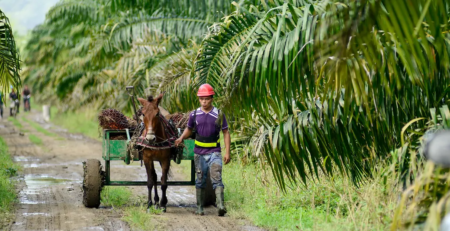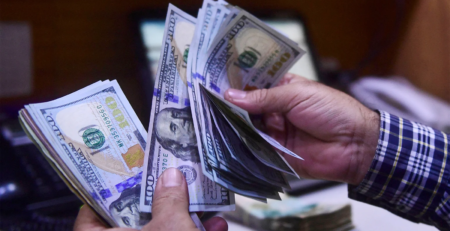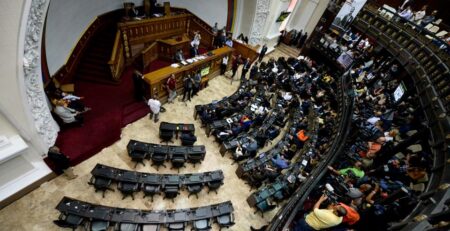Philippines. Reforming the private pension system
The Philippine private pension system has serious flaws that need to be fixed. It is not portable, not funded, not adequate, not actuarially fair, not sustainable. As a consequence, it does not ensure the continued well-being or provide a comfortable living for our retirees, especially future retirees coming from the millennial workforce and the next generation.
Based on a 2018 study by the Philippine Institute for Development Studies (PIDS), the Philippines will be an ‘aging population’ by 2032 when 7 percent of its population are 65 years old and older, and will become an ‘aged society’ by 2069 when this goes up to 14 percent. With the increasing life span of people and the waning traditional support for older members of the family, this segment of the society will rely more on pension benefits, and if pension support fails, on the government. The cost of old-age retirement will become a heavy burden to the government and the society.
Compared with other pension systems around the world, the Philippines is ranked 36th, or fourth lowest, out of 39 countries in the 2020 Mercer CFA Institute Global Pension Index (MCIGPI), which scores a country’s pension system based on three indices—sustainability, adequacy and integrity. The index for sustainability measures the capability of the pension system to provide for old-age benefits in the future. The adequacy index measures the system design, benefits, levels of savings, source of financial support and other parameters to determine if the pension system can provide adequate retirement income. The index for integrity, on the other hand, considers factors such as regulations, practicability of implementation, communication, governance and operating costs.
In terms of adequacy, the study of Renato Reside mentioned that our pension assets under management represent a measly 16 percent of gross domestic product (GDP) compared with the average of non-OECD (Organization for Economic Cooperation and Development) countries of 36 percent, and the OECD countries of 124 percent. Said another way, we have only 1.3 pension assets per worker compared with Thailand’s 126 assets per worker and Singapore’s 900,000 assets per worker. The replacement rate, which measures the percentage of preretirement income paid out of the pension plan, ranges only from 3 percent (for a five-year service) to 22 percent (for a 40-year service), a far cry from the commonly accepted replacement rate of 70 percent for retirement income to be considered adequate.
Our current pension system relies mainly on the Social Security System (SSS) for the private workers, and the Government Service Insurance System (GSIS) for workers in the government. Others include the provident-type Pag-Ibig Fund that provides housing loans, and certain senior citizens’ benefits, such as the 20 percent discount on their purchases. Under Republic Act No. 4917, private employers can establish their own retirement plans, with certain tax exemptions, as a supplement to SSS benefits; however, this is not mandatory, hence, are very few.
Read More @BusinessInquirer
279 views










